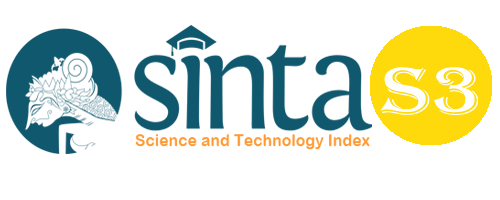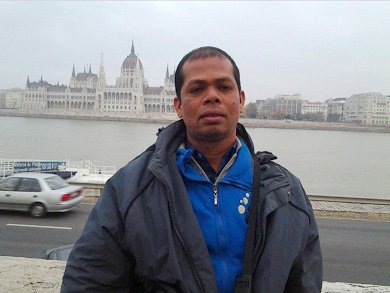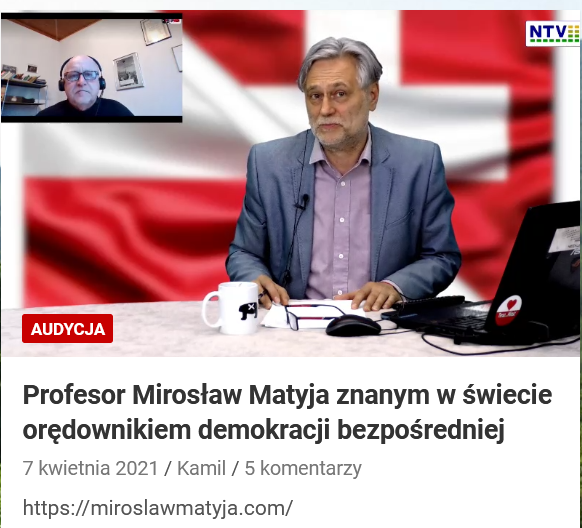The Use of Make a Match Technique in Teaching How to Communicate About Greeting in Student Class X MIA 3 SMA Negeri 1 Sigli Academic Year 2021/2022
Abstract
This research is entitled “The Use of Make a Match Technique in Teaching How to Commicate about Greeting in Student Class X MIA 3 SMA Negeri 1 Sigli in the Academic Year 2021/2022.” The expected goal is to improve English speaking skills in greeting. The problem behind this research is the lack of student interest in learning to speak. To overcome this, it takes effort and creativity of teachers. The use of card media with several forms of greeting is one of the efforts to solve this problem. The data analysis technique used descriptive analysis. The results showed that 75% achieved complete learning and as many as 89.7% of students actively participated in learning. With the use of the card media, it can improve the results of learning English in the speaking skills aspect of class X MIA 3 students of SMA Negeri 1 Sigli. In addition, the use of card media can increase student motivation and activity in the learning process so that learning outcomes also increase.
Keywords
Full Text:
PDFReferences
Arikunto, Suharsimi. 2006. Prosedur Penelitian Suatu Pendekatan Praktik. Jakarta: PT Rineka Cipta.
Astuti, R.W., Waluyo, H.J., and Rohmadi, M. (2019). Character Education Values in Animation Movie of Nussa and Rarra. Budapest International Research and Critics Institute-Journal (BIRCI-Journal). P. 215-219.
Azhar,A. (2018). Students’ Trends in Islamic Communication Postgraduate in2010-2016 State Islamic University of North Sumatera (UINSU). Budapest International Research and Critics Institute (BIRCI-Journal), P.206-214.
Darwanto. 2007. Televisi Sebagai Media Pendidikan. Yogyakarta: Pustaka Pelajar
Gronlund, Norman E. 1998. Assesment of Student Achievement. Sixth Edition. Boston. Allyn and Bacon.
Hasbullah, Hatta, M., and Arifin, Z. (2018). Communication Pattern of Wilayatul Hisbah, Lhokseumawe City in Implementing Amar Makruf Nahi Mungkar. Budapest International Research and Critics Institure Journal, Vol. 1, No. 4, 194-205.
Herawati, Atti. 2007. Learning to Conduct Research (A Handbook of Research on ELT). Bogor: Pakuan University. Unpublished
Istarani. 2012. 58 Model Pembelajaran Inovatif. Medan: Media Persada
Lie, Anita. 2004. Mempraktekkan Cooperative Learning di Ruang-ruang Kelas. Jakarta: PT. Rhineka Cipta.
Lubis, R., et al. (2019). Survival Strategy for Lokan Seekers in Paya Pasir Village, Kec. Marelan, Medan, Indonesia. Budapest International Research and Critics Institute-Journal (BIRCI-Journal). Volume 2, No 1, Page: 293-303.
Purba, N. et al. (2020). Language Acquisition of Children Age 4-5 Years Old in TK Dhinukum Zholtan Deli Serdang. Linglit Journal: Scientific Journal of Linguistics and Literature. P.19-24
Richard, Jack C. 2001. Curriculum Development in Language Teaching. Cambridge: University Press.
Saleh, A., Mujahiddin. (2020). Challenges and Opportunities for Community Empowerment Practices in Indonesia during the Covid-19 Pandemic through Strengthening the Role of Higher Education. Budapest International Research and Critics Institute-Journal (BIRCI-Journal). Volume 3, No 2, Page: 1105-1113
Sudjana. 2002. Metoda Statistika. Bandung: PT. Tarsito.
Suprijono, Agus. 2010. Cooperative Learning: Teori & Aplikasi Paikem. Surabaya: Pustaka Belajar.
Wardani, R.H and Herawati, A. 2012. Improving Students’ Vocabulary Mastery Through Make a Match Method. 1 (2) 2. (accesed on April 13, 2013)
Willis, Judy. 2008. Teaching the Brain To Read: Strategies for Improving Fluency, Vocabulary, and Comprehension. United States of America: Association for Supervision and Curriculum Development.
DOI: https://doi.org/10.33258/birci.v5i1.4447
Article Metrics
Abstract view : 32 timesPDF - 31 times
Refbacks
- There are currently no refbacks.

This work is licensed under a Creative Commons Attribution-ShareAlike 4.0 International License.

This work is licensed under a Creative Commons Attribution-ShareAlike 4.0 International License.

_.gif)

















_.gif)



